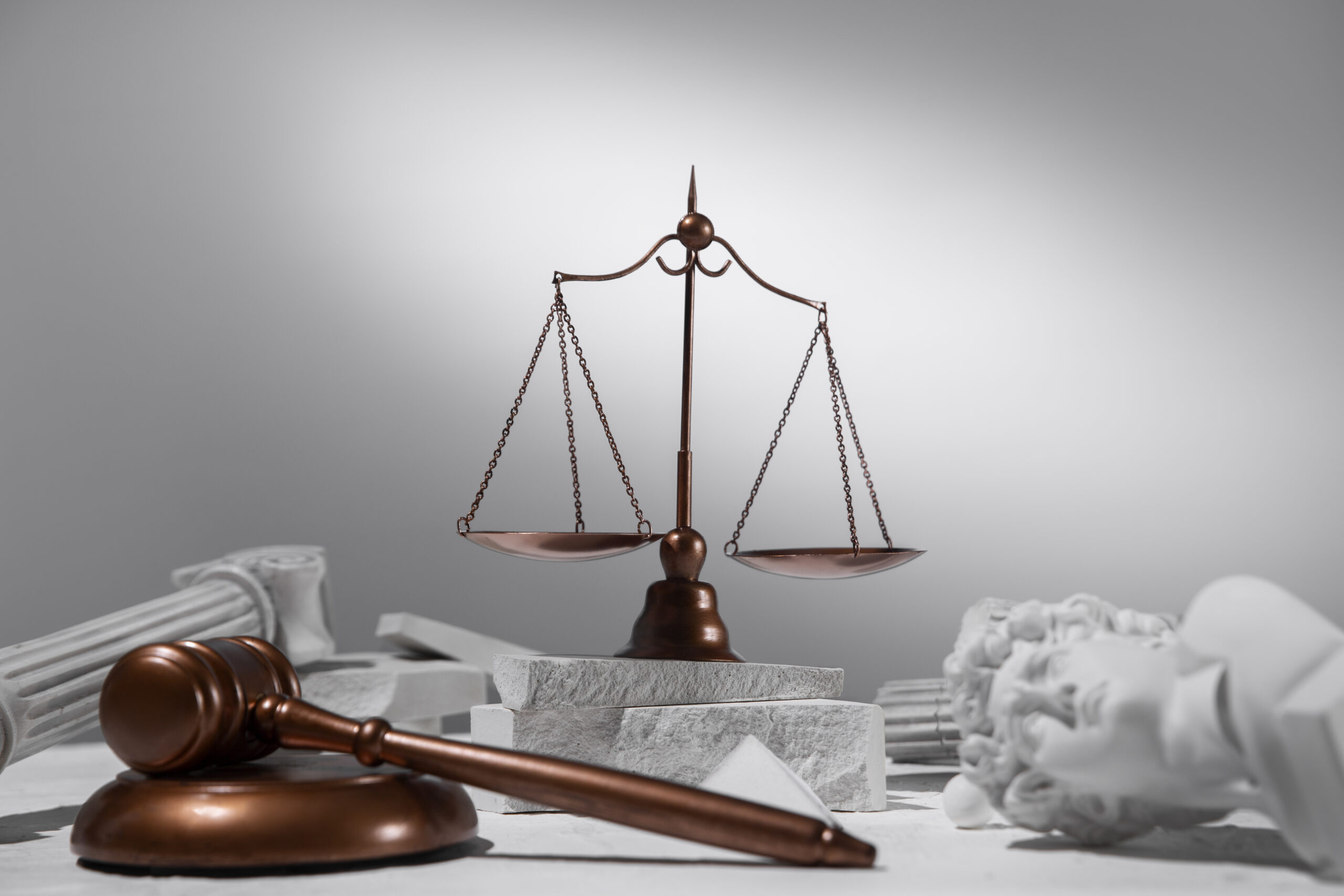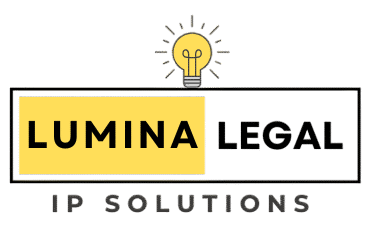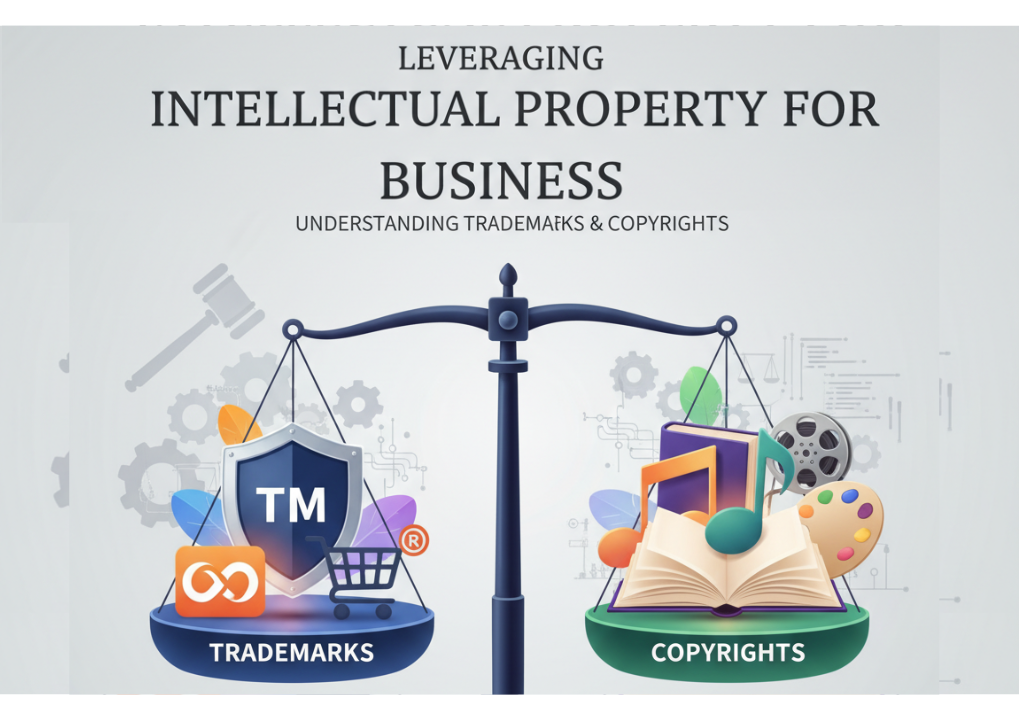Intellectual Property Rights act as an invisible shield, protecting your brand identity from imitation or misuse that can confuse customers and dilute brand value. For businesses, IP rights are more than just legal safeguards they are essential tools to assert ownership, enforce rights, and establish the authenticity of your brand in the market.
Why should businesses care?
Businesses brand name, logo, content, and creative assets often outweigh its physical assets in value, making their protection crucial for long-term success. A distinctive logo of your brand creates a separate identity in the minds of customers, a creative and memorable slogan or tagline can pull out customer loyalty for decades, and the original content gives the substantial competitive advantage in the market. Without proper legal protection competitor can freely copy your ideas, affecting your market position, reputation and goodwill.
What is Trademark?
A trademark is essentially your business’s identity in the marketplace; it can be any distinctive sign that helps customers to identify your products and services.
Trademarks can be a business name, logo, tagline, distinctive colour or colour combination, sound, label, shape of goods. It is important to be noted that trademark shall be “distinctive”, which means your trademark must be able to distinguish your business from your competitors in the marketplace.
What is Copyright?
Copyright protects your original creative expressions. It protects original works, the moment they are created and fixed in tangible form, means fixed in a physical or may be in digital medium that is permanent enough to be perceived, reproduced or communicated, and not merely in thought. Following are few examples-
- Written content – lyrics, poems, stories, novels, articles, blog posts, scripts, dialogues, etc.
- Website designs – layout, user interface (UI), theme, visual arrangement, etc.
- Graphics – digital art, posters, infographics, brand illustrations, etc.
- Photographs – portraits, landscapes, product photography, event photos, etc.
- Videos – films, short videos, animations, advertisements, documentaries, etc.
- Software code – mobile apps, games, website backend/front-end code, software programs, etc.
- Marketing materials – brochures, taglines, social media campaigns, product packaging, advertisements, etc.
- Artistic elements in logos – font style, color scheme, symbol or design pattern, layout composition, etc.
If You Have a Logo – Should You Register It Under Copyright or Trademark?
Trademark protection is more beneficial and valuable for the business logo. Let us understand it quickly –
Trademark provides legal protection and treats your logo as a brand identifier. Prevents competitors from using similar logos that confuse customers about the source of products or services. This is what usually businesses care about, protecting their brand recognition and preventing confusion in the market.
Copyright also provides legal protection treats your logo as an artistic work. Copyright protects the creative elements and prevents unauthorised reproduction of the design itself. But simple logos with basic text or geometric shapes might lack sufficient creativity for the protection. However, logos that are highly artistic or possess intricate design elements can benefit from dual protection.

Examples-
Twitter (now X): A social media platform, the platform protected both its name and bird logo through trademarks while relying on copyright for its interface designs and original content. This approach protected both brand identity and creative expression.
Apple: A tech giant, the bitten apple logo receives trademark protection as a brand identifier, while their software interfaces, marketing designs, and creative content benefit from copyright protection. Different assets need different protection strategies.
Nike: An athletic footwear brand, the swoosh logo, “Just Do It” slogan, and “Nike” name are all trademark protected brand identifiers. This creates a protection shield around the brand competitors cannot use similar marks that might confuse customers and dilute the brand reputation in the market. Nike focuses on trademark because their primary concern is brand recognition and preventing market confusion.
Analysis and recommendations
Businesses should prioritise trademark protection for commercial benefits. These marks are not merely legal safeguards, they are strategic assets that carry market recognition, trust, and goodwill. Properly protected trademarks can be licensed or franchised, enabling businesses to generate revenue without direct operational involvement. For instance, global brands like McDonald’s or Starbucks earn substantial licensing fees from franchisees who use their trademarks under strict quality guidelines.
While copyright protection is automatic, businesses should implement robust policies for safeguarding original content, including website designs, software, creative materials, and marketing content. Formal registration of high-value works strengthens enforceability and enhances credibility when negotiating licensing deals or commercial partnerships. Copyrighted materials can be monetized through merchandising, publishing, or digital distribution, providing additional revenue streams.
A forward-looking IP strategy requires global consideration. IP rights are territorial, and protection in one jurisdiction does not extend to others. Businesses should align trademark and copyright filings with their target markets to avoid infringing local laws and to secure potential international revenue opportunities.
Maintaining IP assets entails costs, including registration fees, renewals, monitoring, and enforcement. Yet, these are strategic investments that protect brand integrity and competitive advantage. In the modern economy, IP is a tangible business asset which is tradeable, licensable, and monetizable.
About the Author:
Pranjal Gupta is a second-year B.B.A. LL.B student at New Law College, Bharati Vidyapeeth (Deemed to be University), Pune. He is keenly interested in exploring diverse facets of law and aims to build a strong foundation in legal research and writing.


